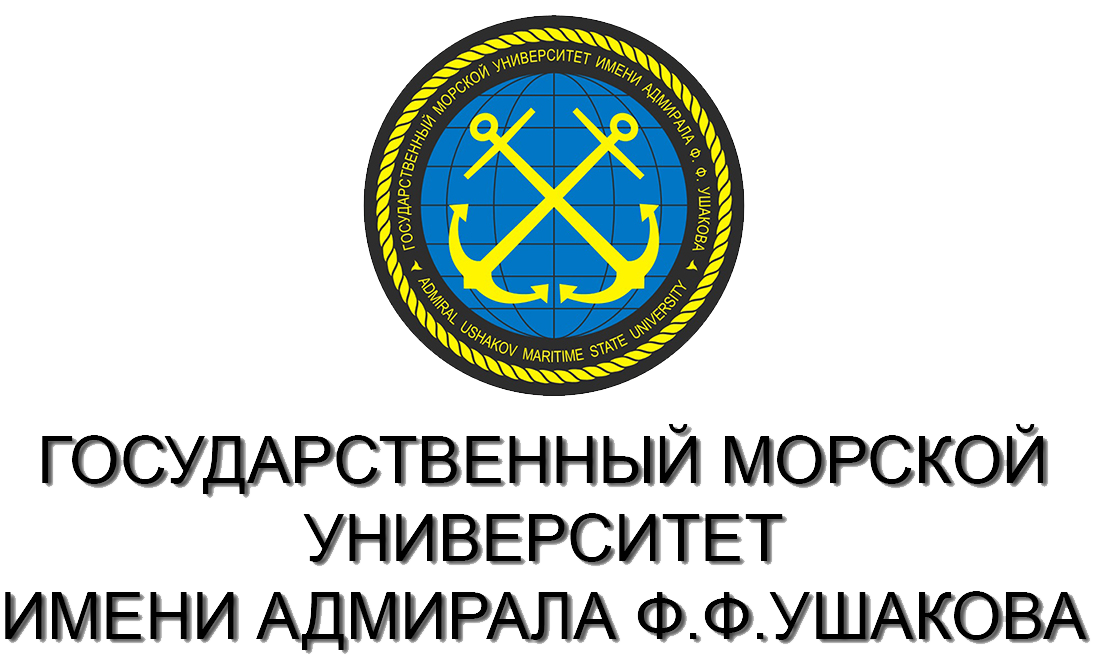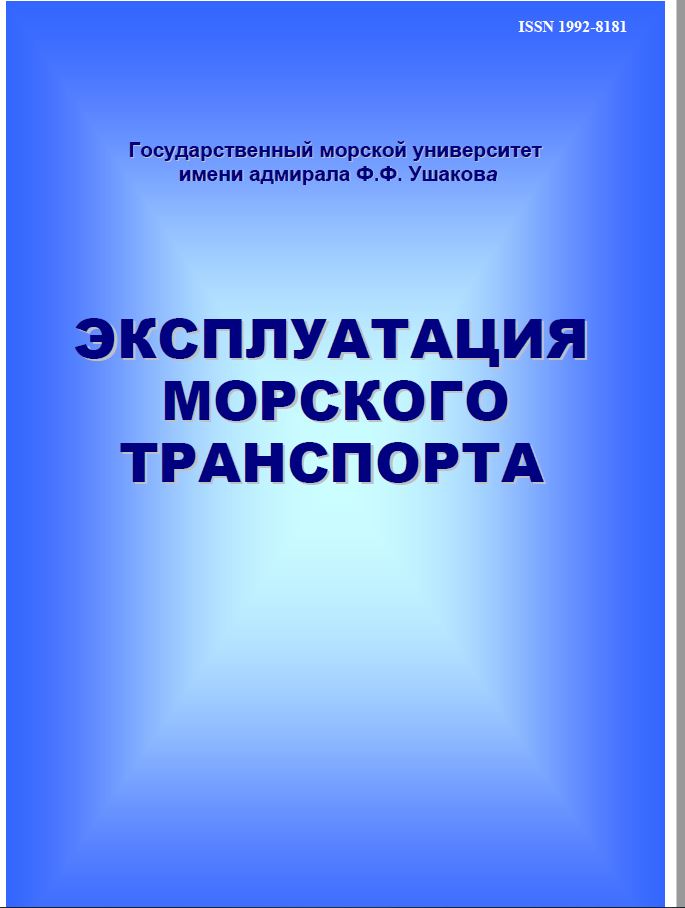To clean the exhaust gases of engines from carbon, nitrogen and sulfur oxides, a method and device are proposed, the principle of which is based on the fact that the exhaust gases pass through an absorber, where they are cleaned of nitrogen and sulfur oxides, and then through adsorption sections filled with granules of slag pumice and are purified from carbon oxides as a result of their adsorption. Carbon dioxide, interacting with water particles in the pores of the granules, forms carbonic acid. Then the diluted carbonic acid condensate after cleaning in the separator from solid impurities is discharged overboard. The composition of a shipboard system for continuous laser monitoring and control of emissions of carbon, nitrogen and sulfur oxides contained in the exhaust gases of engines by adjusting their adjustment parameters, as well as using a device for complex exhaust gas purification, is proposed. An algorithm for solving the problem of fulfilling the requirements of regulation 20 "Achievable EEDI" of Appendix VI of the MARPOL 73/78 Convention on carbon oxide emissions has been developed. The implementation of the proposed algorithm is possible using a system for cleaning combustion products from harmful oxides
engine, exhaust gases, oxides of carbon, nitrogen and sulfur, complex cleaning device, ship system
1. Shurpyak B.K., Tolmachev S.A., Musonov M.V. Novye trebovaniy IMO po umen'sheniyu vybrosov uglekislogo gaza s morskih sudov, sovershayuschih transportnuyu rabotu // Nauchno-tehnicheskiy sbornik Rossiyskogo morskogo registra sudohodstva. 2021. № 64/65. S. 4-18.
2. Modina M.A., Khekert E.V., Voskanian A.A., Pismenskaia Yu.V., Epikhin A.I., Shkoda V.V. 2021. Bioindication and biomonitoring assessment of the state of atmospheric air and soil in the study area IOP Conf. Series: Earth and Environmental Science. 867. 012072.
3. Modina M.A., Kheckert E.V., Epikhin A.I., Voskanyan A.A., Shkoda V.V., Pismenskaya Yu.V. 2021. Ways to reduce harmful emissions from the operation of power plants in special environmental control areas IOP Conference Series: Earth and Environmental Science. 867. 012104.
4. Mozhet li chelovek vliyat' na klimat. http://www.proatom.ru/modules.php?name= News&file=article&sid=9049 (Data obrascheniya 14.11.2022).
5. Epihin A.I. Koncepciya ekologicheskogo sovershenstvovaniya sudovyh energeticheskih ustanovok / A.I. Epihin, M.A. Modina, E.V. Hekert // Ekspluataciya morskogo transporta. 2020. № 3 (96). S. 127-132.
6. Kikkinides E.S., Yang R.T., Cho S.H. Concentration and recovery of carbon dioxide from flue gas by pressure swing adsorption. Ind. Eng. Chem. Res. 1993. 32. 2714-2720.
7. Chue K.T., Kim J.N., Yoo Y.J., Cho S.H., Yang R.T. Comparison of activated carbon and zeolite 13X for CO2 recovery from flue gas by pressure swing adsorption. Ind. Eng. Chem. Res. 1995 34. 591-598.
8. Ishibashi, M., Ota, H., Akutsu, N., Umeda, S., Tajika, M., Izumi, J., Yasutake, A., Kabata, T., Kageyama, Y.: Technology for removing carbon dioxide from power plant flue gas by the physical adsorption method. Energy Convers. Manag. 1996. 37. 929-933.
9. Bui M., Adjiman C.S., Bardow A., et al. Carbon capture and storage (CCS): the way forward. Energy Environ. Sci. 2018. 11. 1062-1176.
10. Ahmed I., Jhung S.H. Applications of metal-organic frameworks in adsorption/ separation processes via hydrogen bonding interactions. Chem. Eng. J. 2017. 310.197-215.
11. Webley P.A. Adsorption technology for CO2 separation and capture: a perspective. Adsorption. 2014. 20. 225-231.
12. Saima W.H., Mogi Y., Haraoka T. Development of PSA System for the Recovery of Carbon Dioxide and Carbon Monoxide from Blast Furnace Gas in Steel Works. Energy Procedia. 2013. 37. 7152-7159.
13. Mirza N., Kearns D. State of the Art: CCS Technologies 2022. Global CCS Institute. 2022. 160 p.
14. Sposob i ustroystvo dlya kompleksnoy ochistki vyhlopnyh gazov sudovogo dvigatelya: pat. № 2644601. Ros. Federaciya: MPK F01N 3/08 / Turkin A.V., Turkin V.A., Ezhov V.S.; opublikovano 05.12.2017, Byul. № 34. 2 s.
15. Turkin V.A., Pismenskaya Yu.V., Ignatenko G.V., Aleksandrova V.V. Carbon dioxide extraction from marine engine exhaust gases by the method of adsorption. IOP Conference Series: Earth and Environmental Science. 2021. 872. 012007.
16. Kjølholt J., Aakre S., Jürgensen C., Lauridsen J. Assessment of possible impacts of scrubber water discharges on the marine environment. Environmental Project № 1431. Danish Environmental Protection Agency. 2012. 93 p.
17. Uaylz D. Vpered na vseh parah. Mezhdunarodnyy zhurnal kompanii Al'fa Laval' Here. 2012. 30. 11-12.











